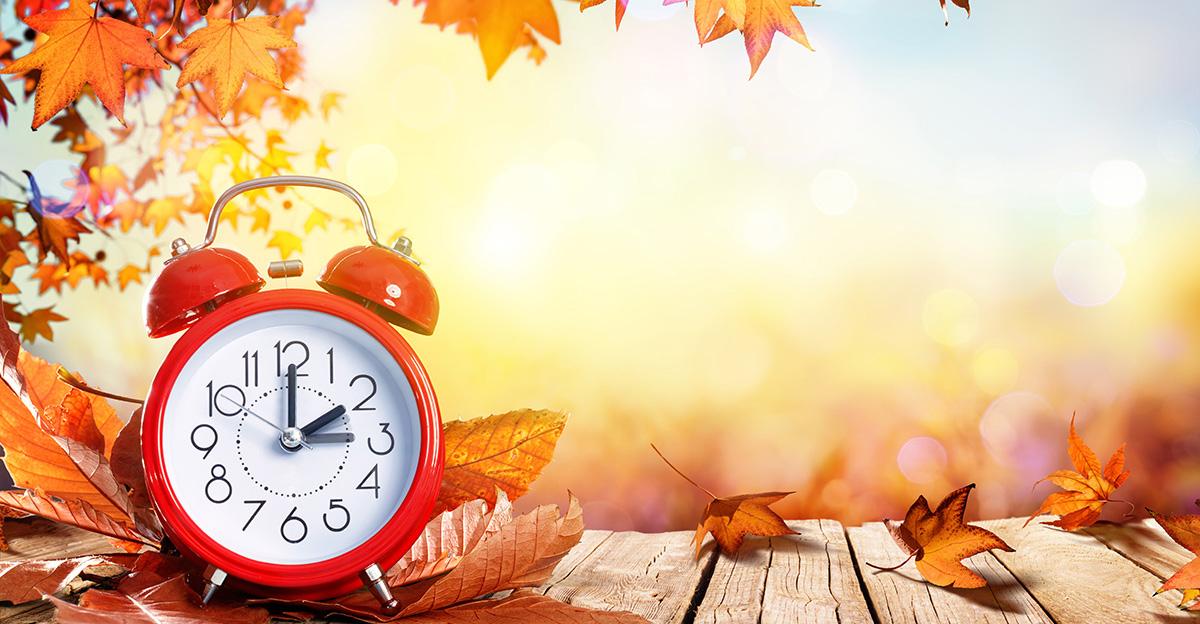Did you read that article title correctly? Here’s a freebie fact right from the start!
It’s Daylight Saving Time, not Daylight Savings Time
That’s right. Many of you have probably been saying it incorrectly this whole time. And that’s okay because there are still people out there saying “expresso” and “nucular”… we can all agree those are much more egregious. Some countries simply refer to it as Summer Time. Doesn’t that seem less confusing?
It wasn’t created for farmers
Everyone may have heard this one shared as an absolute fact, but it’s simply not true. The story goes that Daylight Saving Time was created to give farmers more time in the fields at night. The truth is that the agricultural industry actually lobbied against changing clocks during the year when it was first introduced to the US in 1918. Farmers, especially dairy farmers, often have very set schedules, and changing milking time by an hour can be disruptive for both the farmer and their cattle.
Some blame Daylight Saving Time for the end of drive-in movie theaters
While first introduced in the US in 1918, it wasn’t enforced nationwide until the Uniform Time Act of 1966. At that time, there were more than 4,000 drive-in movie theaters across the nation. Today, only about 300 remain. While plenty of factors likely contributed to that decline, drive-in movie theater owners were strongly opposed to the original legislation because adding an hour of sunlight in the warmer months made it more difficult to show movies at family-friendly times.
But retailers LOVE it
It’s not surprising that stores receiving another hour of weeknight sunlight is beneficial for sales. The outdoor grill and charcoal industries supported the first extension from six to seven months in 1986 and claim the extra month of extra sunlight at night has earned them an additional $200 million in sales. Chambers of Commerce were among the biggest supporters of the next Daylight Saving Time extension, from seven to eight months, in 2005.
What is the Future of Daylight Saving Time?
There is renewed interest in switching everyone to Daylight Saving Time for the entire year. It would become the new standard time and never change. However, this was tried once before with less than positive results. While most enjoy the extra hour of sunlight during warmer months, there was concern about students walking to school in the dark on shorter winter days.
Many states have passed legislation to declare Daylight Saving Time the standard time year-round. But they can’t enact it without federal approval. The US Senate unanimously passed the Sunshine Protection Act of 2021, allowing states to enforce the change and choose between Daylight Saving Time and standard time year-round. Similar legislation has been considered in the US House of Representatives.
No matter what happens, as long as it’s here, you might as well find fun ways to incorporate it into your classroom!
What do you think? Daylight Saving Time all year? Standard time all year? Or should we keep springing forward and falling back? Let us know in the comments!






Keep it the same year round. Loosing and/or gaining an hour abruptly is so difficult on school age children and adults alike. Day Light Saving, having the extra hour of sunlight in the evening for families to enjoy together would lower depression rates all over the place. Our bodies naturally adjust to the shortening and lengthening of days as the equinox changes and having “time” change distrupts this natural process and only causes stress.
Thanks for your comment Kari! I think a lot of people agree with the valid points you’ve made here. – Maureen
Let’s pick either one and stick with it. I have heard that it takes our bodies 2 weeks to adjust fully to the new schedules. If we think about it, it doesn’t make sense that we do it. We work around the clock in our industries, parents drive their children to school for the most part, and it changes our eating, sleeping, bathroom etc. etc. schedules. I feel that it is nonsense to subject us to this silly change. Let’s dump it!!!
I think a lot of people feel this way! Thanks for stopping by. – Maureen